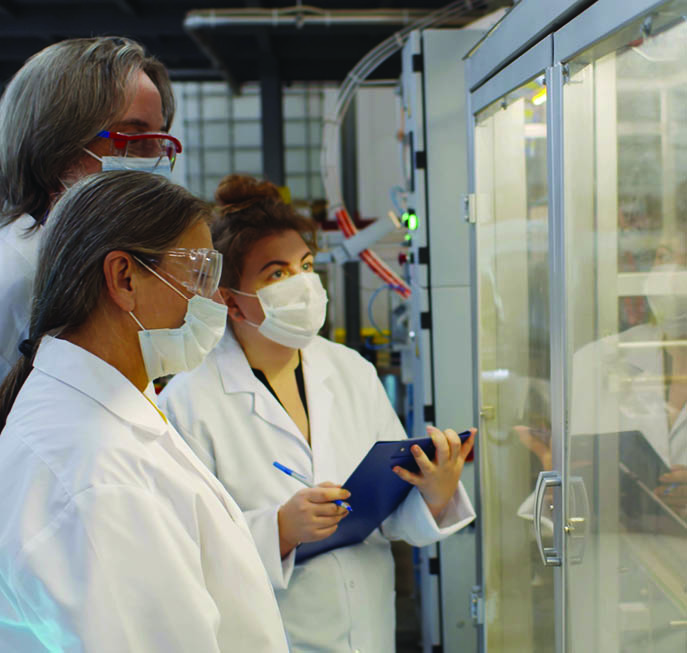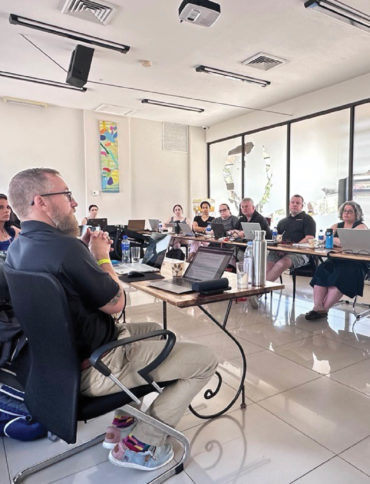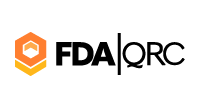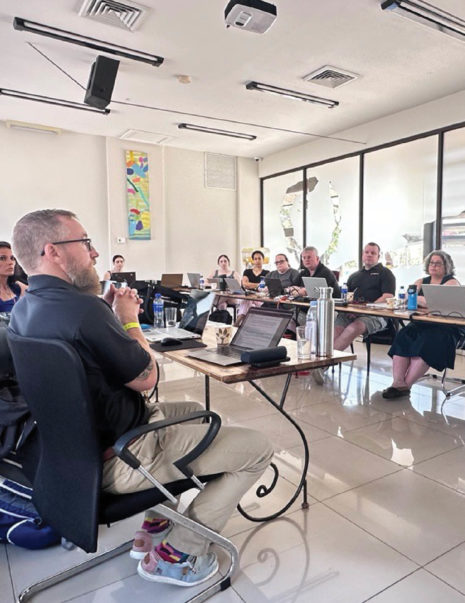It’s important to remember that it is natural for the auditee to feel uneasy about having someone examine their processes closely, especially when the outcome isn’t guaranteed to be positive. While auditors are there to help identify areas for improvement, they can sometimes be met with resistance or an unwelcoming environment. Facing a challenging audit can be intimidating, but with the right approach, it’s possible to turn it into a positive and constructive experience for everyone involved. In this article, we share examples and tips on how to de-escalate issues.


The easiest way to avoid a negative audit experience is to start by setting expectations clearly in the opening meeting. Although many auditees may host many audits, others are rarely audited. The best approach is to always remind the auditee of the reasons they are being audited, and that the auditor is there for their benefit, to bring an outside perspective and expertise. Starting with the obvious, negative attitudes can impact the flow of the audit process. When an auditee responds negatively to audit feedback and areas of improvement, it often stems from the assumption that they are already in a compliant state. An auditor should open the floor to listen to an explanation regarding any potential observations the auditee does not agree with. If the auditee does this aggressively or overly defensively, it is important to remain calm and professional and state the reasons clearly that make it non-compliant, what could happen if the non-compliance persists, and steps to correct the problem. It can also be helpful to restate that an auditor is there to support the auditee in their compliance journey, not police them.
A cooperative and open approach can help create a productive atmosphere where both the auditor and the facility work together toward the common goal of maintaining high standards. When the audit findings are seen as opportunities for growth and enhancement, it builds a culture of continuous improvement, ensuring the facility not only meets but exceeds compliance expectations.
If aggression and hostility are escalated to levels of no return, the auditor should try to de-escalate the tension to allow open discussion after the audit is performed. A few strategies to de-escalate include stating positive observations first, turning the discussion from the non-compliant situation for a moment, or exchange in neutral topics such as travel, weather, or sports. Getting to know the hosts in non-audit related subjects can build rapport and get the message across that the auditor is just doing their job and trying to help. Performing a good audit requires collaboration with the host and building a bridge can make that process easier.
Even after building rapport, tensions may persist throughout the audit and into the closeout meeting. However, auditors should maintain professional. Auditors should not wait until the end of the audit to notify the host of a finding. The auditor should stay calm and listen to the host’s argument and explanation.
Although a good Quality Assurance Manager/ Director should appreciate the findings and the chance to improve their processes, it is still possible to be met with hostility. Remaining calm and professional and diffusing the situation can help all parties involved to see the chance to improve. At FDAQRC our auditors average 15 years of experience, equipping them with the expertise to navigate even the most challenging audits with professionalism. Our auditors undergo rigorous background checks, both personal and professional, ensuring we send representatives with the right experience and a positive attitude.
Gilbert is a former Chemist/Compliance officer with over 20 years of professional experience encompassing complex applications of chemical knowledge and behaviors. He has a strong ability to create and lead across functional teams in company policies, government regulations, and assuring manufacturing sites and clinics are in compliance with all registered pharmacopeias and current regulations.

This Industry Insight was published in September 2024. Please note that the accuracy or completeness of the information contained in this article is based on its publication date, as facts and circumstances may change over time. Please contact us directly if you would like a list of references for this information.

How to Secure Project Assignments with FDAQRC: A Guide for Consultants

Tips For Preparing & Hosting a Successful Audit

Regulating AI in Clinical Trials: What ICH E6(R3) Does (and Doesn’t) Say

Explores the Differences Between Auditors and Inspectors in the Clinical Research Industry

Competency Based Programs Contribute to Early Clinical Research Professional’s Training

15 Years of Excellence: FDAQRC's Journey and Future Vision

Tips for a Positive Outcome While Performing a Challenging Audit









